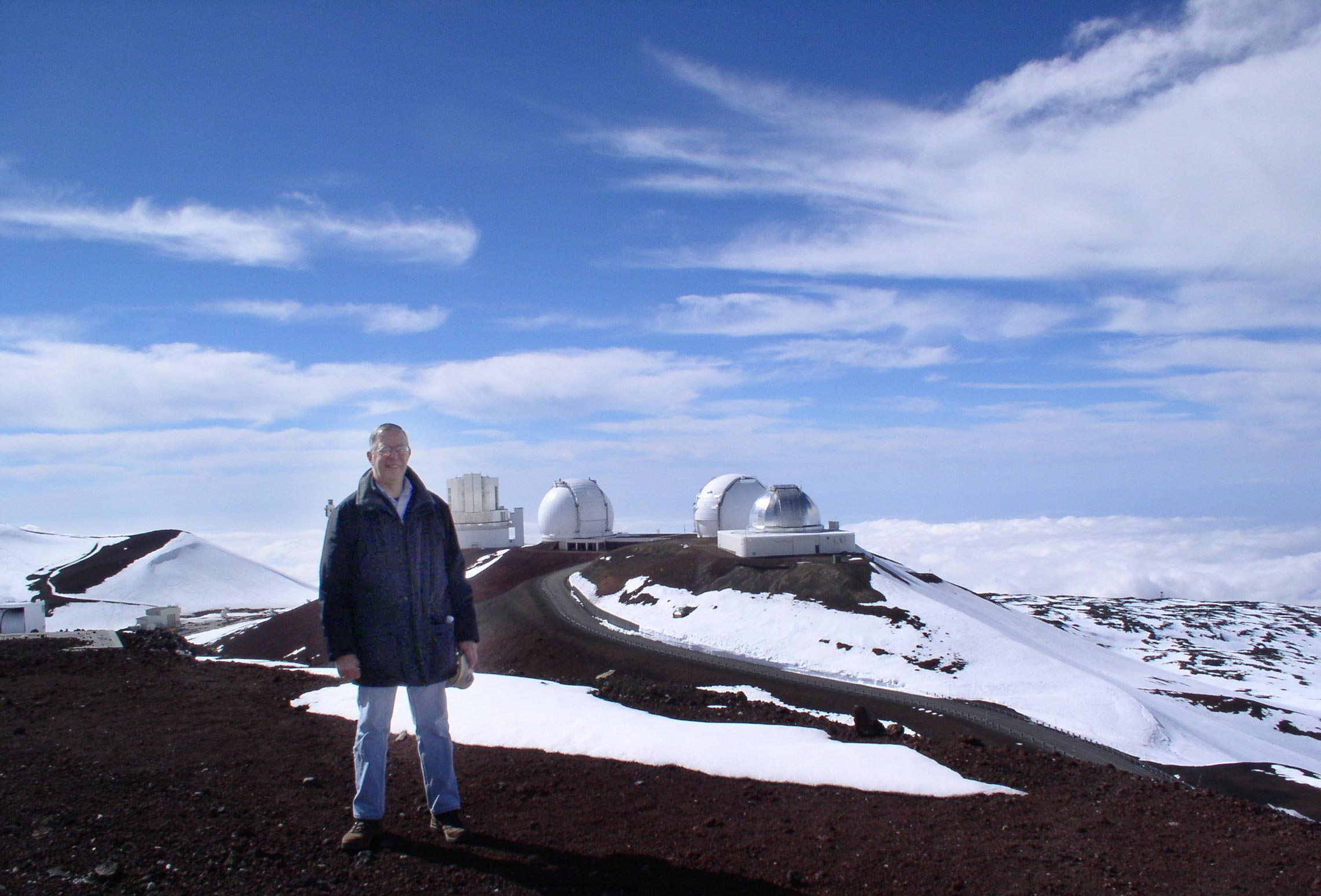After a career which spanned more than four decades, Br. Robert Novak, Ph.D., recently retired from teaching at Iona College and reflected on his time at Iona, his research and his plans for the future.
When looking back at the many changes at Iona College since he first arrived on campus as a freshman in 1968, Brother Robert Novak, Ph.D., recalls the year the women came as one of the highlights: “It was very exciting.”
He came to Iona thinking he would be a math major, but in his sophomore year, Br. Novak realized his true fascination was with physics. He changed his major, graduated from Iona in 1972, and went on to earn a Ph.D. in physics from Columbia University.
Br. Novak returned to Iona in 1976 and began what would become a 42-year teaching career. While he taught physics classes, helping students to expand their knowledge of nature and the forces that impact life on earth, he was also interested in what was happening on Mars.
Work with NASA
The National Aeronautics and Space Administration’s (NASA’s) Astrobiology Institute at the Goddard Flight Center had instituted a Joint Venture Program, which gave faculty and undergraduates opportunities to research conditions that could support life on other planets, specifically Mars. Br. Novak applied for and received a grant through Iona. Soon he and several of his students were traveling to the Mauna Kea Observatory in Hawaii to observe the atmosphere of Mars through NASA’s 120-inch infrared telescope. “Getting students involved in research with NASA and exposed to some of science’s top minds has been one of the highlights of my career,” said Br. Novak.
In total, he has made over 20 trips to the Mauna Kea Observatory and has brought more than $500,000 in grant money from NASA and the National Science Foundation to Iona. He has published over 35 articles and has presented dozens of papers nationally and internationally.
Regattas and Weddings
When he wasn’t teaching or researching, Br. Novak was serving as moderator
of both the men’s and women’s rowing teams. Since 1980, he has attended practices and regattas and has formed lasting friendships with the team members. “I’ve been to graduations and baptisms,” he recounted fondly. “I’ve even been to several weddings between rowing team members.”

The arrival of women on campus was not the only change Br. Novak witnessed. He has seen the College transform from a commuter school with only one residence hall — Rice Hall — to a residential school with seven residence halls. “The library was expanded, the facilities in general have been improved,” he said. “But what has stayed the same is the relationship between faculty and students. We still have small classes and the faculty know the names of all their students. We really get to know each other and that allows us to enter into dialogue. That’s not possible in colleges where classes are held in large lecture halls.”
What’s Next?
Though Br. Novak will miss teaching when he retires this year, he plans on working with Iona’s Advancement & External Affairs department and with alumni. And he will continue his research with NASA. He recently discovered methane in Mars’ atmosphere and because of that significant finding, NASA has placed a methane detector on their Mars rover.
Life on Mars
As for whether there is life on Mars, the origin of the methane — either biological or geological — might determine that. If the methane originates from a biological source, then that means, yes, there is a form of life on Mars, and Br. Novak will have been instrumental in making that dazzling discovery. He promises to share his findings with us.

